True love has a colour and a name, L'amour a un nom et une couleur, série de trois courts métrages sur l’amour proposés par Cartier

C'est en exclusivité sur facebook et sur You tube que Cartier diffuse trois courts métrages, trois demandes en mariage. L'amour, la déclaration, l'écrin rouge ; des thèmes Maison confiés au réalisateur italien Luca Guadagnino (nomination aux oscars pour le meilleur film étranger avec Amore en 2011).
C'est avec la complicité de la scénariste américaine Xan Cassavettes que le cinéaste a mis en scène trois demandes en mariage, trois histoires d'amours iconiques, joaillières et parisiennes, chacune déclinée dans un lieu différent, de la rue du Faubourg Saint Honoré à l'Opéra avec escale au Palais Royal.
Une production internationale autour de laquelle Cartier a réuni des talents de tous horizons, acteurs européens, scénariste américaine, réalisateur Italien, un patchwork de personnalités pour donner vie à ces histoires à la fois uniques et universelles comme autant de déclarations.
Comme si l'amour avait une couleur et un nom.
Tournées en mode cinéma, ces trois romances font évoluer tour de rôle, trois générations d'amoureux travers trois scénarii originaux :

Cartier, Place de l'Opéra – Affiche du court métrage en ligne sur :
http://www.youtube.com/watch?v=smfckNYz6OU&feature=relmfu
Une nuit teintée de nostalgie en tenue de soirée sur les marches de l'Opéra Garnier avec la divine Aurore Clément connue pour son interprétation dans Lacombe Lucien de Louis Malle et son apparition dans Apocalypse now de Francis Ford Coppola.

Cartier, Jardins du Palais Royal – Affiche du court métrage en ligne sur : http://www.youtube.com/watch?v=YzC3YJzO4Yc&feature=relmfu
Un après midi ludique et léger aux jardins du Palais Royal, jeux de rôles entre deux acteurs filmés hors champ dans les coulisses de leur amour avec l'actrice italienne Valentina Cervi (Portrait de femme de Jeanne Campion).

Cartier, Rue du Faubourg Saint Honoré – Affiche du court métrage en ligne sur : http://www.youtube.com/watch?v=GV_XfRFWm4I
Une grande soirée parisienne donnée au sein d'un hôtel particulier situé rue du Faubourg Saint-honoré dont les deux héros s'échappent pour finir en duo dans l'intimité d'une chambre sous les toits de Paris avec l'actrice Marine Vacht, jeune révélation française, et l'acteur Hugo Becker, interprète remarqué comme le frenchy de la série américaine Gossip Girl.
Trois courst-métrages signés LUCA GUADAGNINO
Né en 1971 à Palerme, Italie. Luca Guadagnino est Réalisateur, Producteur, Scénariste et Auteur. Il a été nominé aux Oscars et aux BAFTA en 2011 pour son long-métrage AMORE.
Luca Guadagnino réalise son premier long-métrage « The Protagonists » en 1991, à 28 ans, dans lequel il dirige l’actrice Tilda Swinton. Le film a obtenu une mention spéciale au 56ème festival de Venise, puis a participé par la suite à onze autres festivals internationaux.
Après ce premier long métrage remarqué, Luca Guadagnino tourne en 2002 un documentaire sur Tilda Swinton, The Love Factory, qui sera lui aussi sélectionné au Festival de Venise, en 2004.
En 2010 il livre au grand public, un nouveau long métrage « Amore », toujours avec son actrice fétiche, Tilda Swinton, dans le rôle principal. Un film remarqué par la critique internationale et qui vaudra à son réalisateur d’être nominé aux Oscars et aux Bafta en 2011.
C’est l’atmosphère élégante, feutrée et singulière de ce dernier film qui a séduit la Maison Cartier et l’a décidée à donner carte blanche au réalisateur. Luca Guadagnino aime plus qu’un autre rendre belle l’intensité Amoureuse, en brouillant les indices temporels. Les décors d’aujourd’hui se fondent ainsi dans le glamour des années passées, et les passions amoureuses sont plus que jamais hors du temps et universelles.

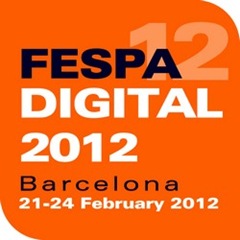

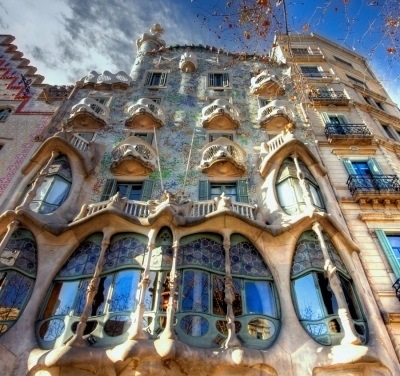




 Raymond Dakoua
Raymond Dakoua  Victor Omar Diop
Victor Omar Diop  Hichem Driss
Hichem Driss  Hasan et Husain Essop
Hasan et Husain Essop  Amr Fekry
Amr Fekry  Mouna Karray
Mouna Karray  N’Krumah Lawson Daku
N’Krumah Lawson Daku  Daniel Naudé
Daniel Naudé  Jehad Nga
Jehad Nga  Adolphus Opara
Adolphus Opara  Thandile Zwelibanzi
Thandile Zwelibanzi 








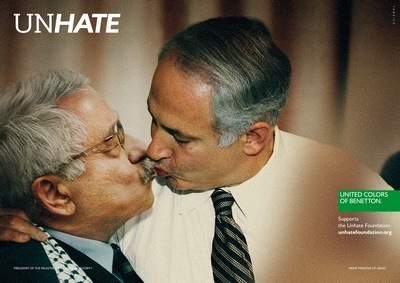
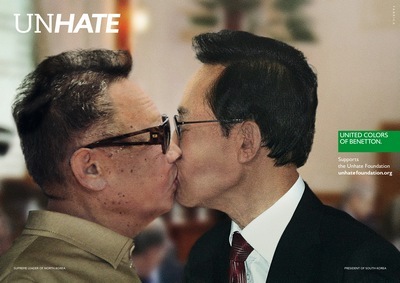
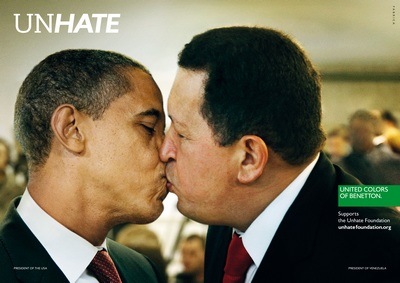
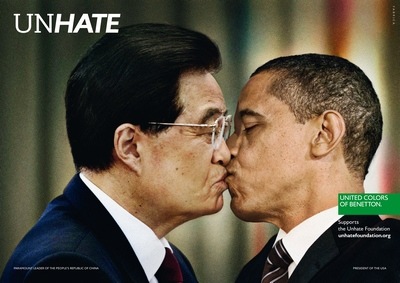
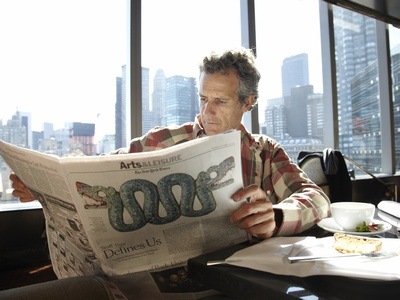


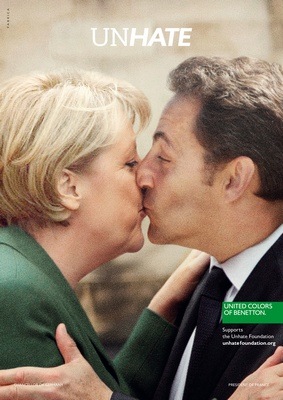

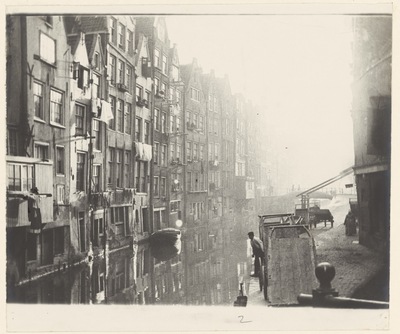




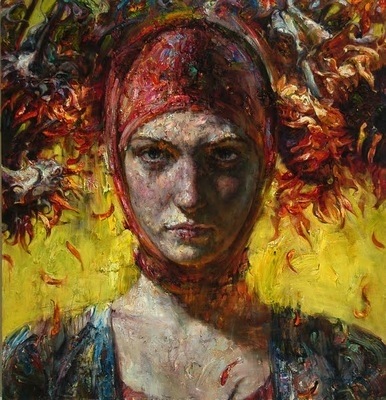 Victor Wang A Golden Fich Oil and Collage on Canvas
Victor Wang A Golden Fich Oil and Collage on Canvas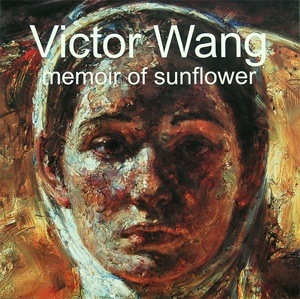 Victor Wang, Memoir of sunflower, 2009
Victor Wang, Memoir of sunflower, 2009